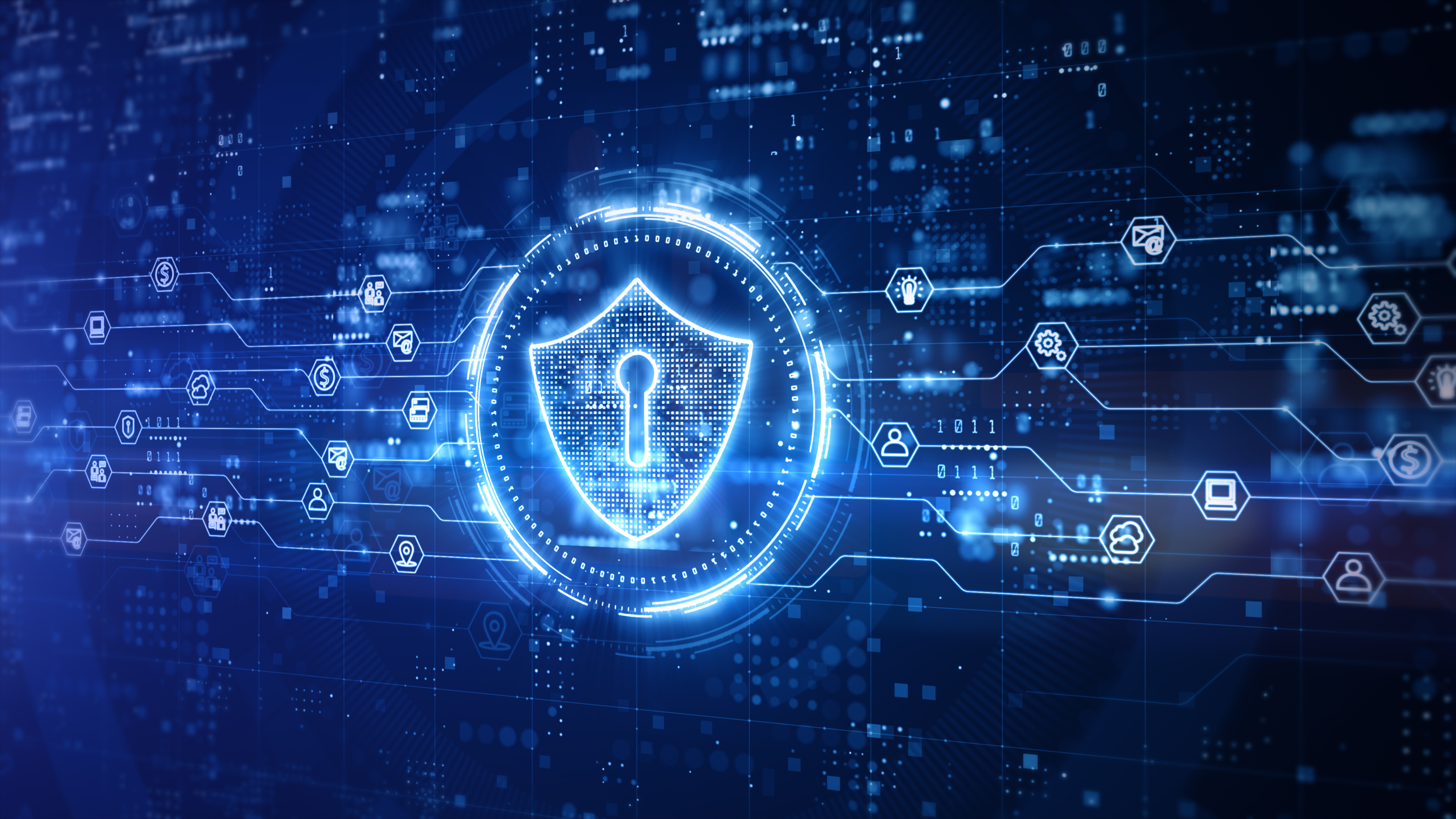Information Security in Healthcare: Securing Confidential Client Data
Information Security in Healthcare: Securing Confidential Client Data
Blog Article

In healthcare is now a prime target for cyberattacks. Because health data is kept electronically, the threat of data breaches and unauthorized access has escalated considerably. Securing sensitive patient data is no longer just a matter of regulation; it is an essential aspect of maintaining trust among healthcare providers and the patients they serve. The fallout of a security breach can be severe, affecting not only patients but also healthcare organizations, which encounter reputational damage, financial losses, and legal consequences.
As healthcare technology continues to evolve, so too do the methodologies employed by cybercriminals. Hospitals and clinics, often limited by budgets and resources, must prioritize cybersecurity measures to protect their systems. Ranging from the implementation of robust firewalls to staff education on phishing scams, hospitals are tasked with creating a comprehensive cybersecurity framework. This article will explore the critical strategies and best practices that healthcare organizations can adopt to safeguard sensitive patient data from the ever-growing threat landscape.
Present Threat Landscape
The medical sector has become an increasingly attractive target for threat actors due to its vast amounts of sensitive data. With the digitization of medical records and the growth of interconnected devices, healthcare organizations are often seen as soft targets. Cyber attackers take advantage of vulnerabilities in outdated systems, leaving patient data to potential breaches. The stakes are high, as the data stolen can be sold on the black market or leveraged for identity theft, making it crucial for healthcare providers to bolster their defenses.
Malware attacks have surged within the medical landscape, with criminals capturing critical systems and demanding substantial sums to restore access. Hospitals and clinics often face urgency to get back access quickly, especially if patient care is threatened. This type of attack not only interrupts operations but also endangers patient safety, stressing the urgent need for strong backup strategies and incident response plans. As the frequency of these attacks grows, organizations must be watchful and prepared to respond swiftly.
Additionally, social engineering attacks are common in healthcare, targeting employees with deceptive emails that can lead to info stealing and system breaches. These attacks can overcome security measures if employees are not adequately trained to spot potential threats. Furthermore, with the growth of remote work and telehealth services, the attack surface has grown, making it easier for attackers to infiltrate systems. Continuous education and strict security protocols are essential to combat these evolving threats and to safeguard sensitive patient data.
Best Practices for Safeguarding Information
Introducing strong access controls is crucial for protecting sensitive patient data. This entails ensuring that only authorized personnel have access to confidential information. Organizations should adopt role-based access control, which controls data access based on the user's role within the organization. Regularly updating and modifying access permissions can help minimize the risk of data breaches caused by former employees or unauthorized users.
Securing data both at rest and in transit is another powerful practice for safeguarding patient information. Encryption transforms readable data into an unreadable format, making it difficult for anyone without the proper decryption key to access the information. Healthcare organizations should use robust encryption methods to protect data stored on servers, as well as information transmitted over networks. This safeguard is vital, especially when dealing with electronic health records and other sensitive information.
Regular training and awareness programs for staff on cybersecurity risks serve a crucial role in data protection. Employees should be trained about the importance of data security and best practices for recognizing phishing attempts, managing passwords, and securing devices. Continuous training ensures that employees remain aware and informed about the evolving cyber threats that could impact patient data. By cultivating a culture of cybersecurity awareness, healthcare organizations can significantly diminish the likelihood of data breaches.
Cybersecurity Program
Future Trends in Healthcare Cybersecurity
As one move forward, the adoption of artificial intelligence and machine learning in cybersecurity will become increasingly vital in the healthcare sector. These technologies can scrutinize large amounts of data and detect irregularities that traditional methods might fail to identify. By employing advanced algorithms, healthcare organizations can identify plausible threats in the moment, drastically minimizing the threat of data breaches. This proactive approach will allow for quicker responses to cyber incidents, ultimately shielding sensitive patient information with greater efficiency.
Another important trend is the heightened priority on regulatory compliance and data governance. With regulations becoming tighter, healthcare organizations will need to give precedence to compliance with frameworks such as HIPAA and GDPR. This shift will lead to the development of enhanced security protocols and better policies to safeguard patient data. Organizations will allocate resources in better training for their staff, ensuring that everyone is knowledgeable about cybersecurity best practices and the significance of protecting private information.
Lastly, the growth of telehealth services has introduced fresh vulnerabilities that cybercriminals may exploit. As an increasing number of healthcare providers adopt digital solutions for patient care, the need for secure platforms and data transmission methods will be paramount. Future cybersecurity strategies will need to tackle these risks by implementing strong encryption, multifactor authentication, and regular security assessments for telehealth technologies. By prioritizing these areas, healthcare organizations can ensure that patient data remains safe in an ever more digital world.
Report this page